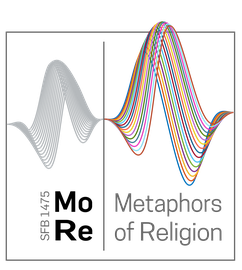
Promise delivered: More light on the metaphors of light
Textual and visual examples from Ancient Near Eastern religions, the Hebrew Bible, Christianity in early modern Europe, Iranian Zoroastrianism, Sogdian Manichaeism, Indian Mahayana Buddhism, Tibetan Buddhist and Bön traditions, and early Chinese Daoism were presented and stimulated engaging discussions. It became clear that the use of light metaphors is context-dependent and that semantic shifts within one corpus of materials are discernible in diachronic perspective.
Although Hans Blumenberg explained light as an absolute metaphor, the process of religious meaning making becomes only visible when applying Conceptual Metaphor Theory and using source and target domain as a tool. For example, in the Ancient Near East the heat of the midday sun is negatively connotated and mapped on emotions like anger, whereas the (cooler) rising sun is mapped on the aura of a deity. Moreover, it was convincingly demonstrated how light metaphors function as bridge terms in religious materials and connect all four dimensions in dialectical processes between the mental and the social, namely the dimension of experience, materiality, knowledge, and action.
The outcomes of the conference will be published this year as a peer-reviewed special issue in the open access available Metaphor Papers.

